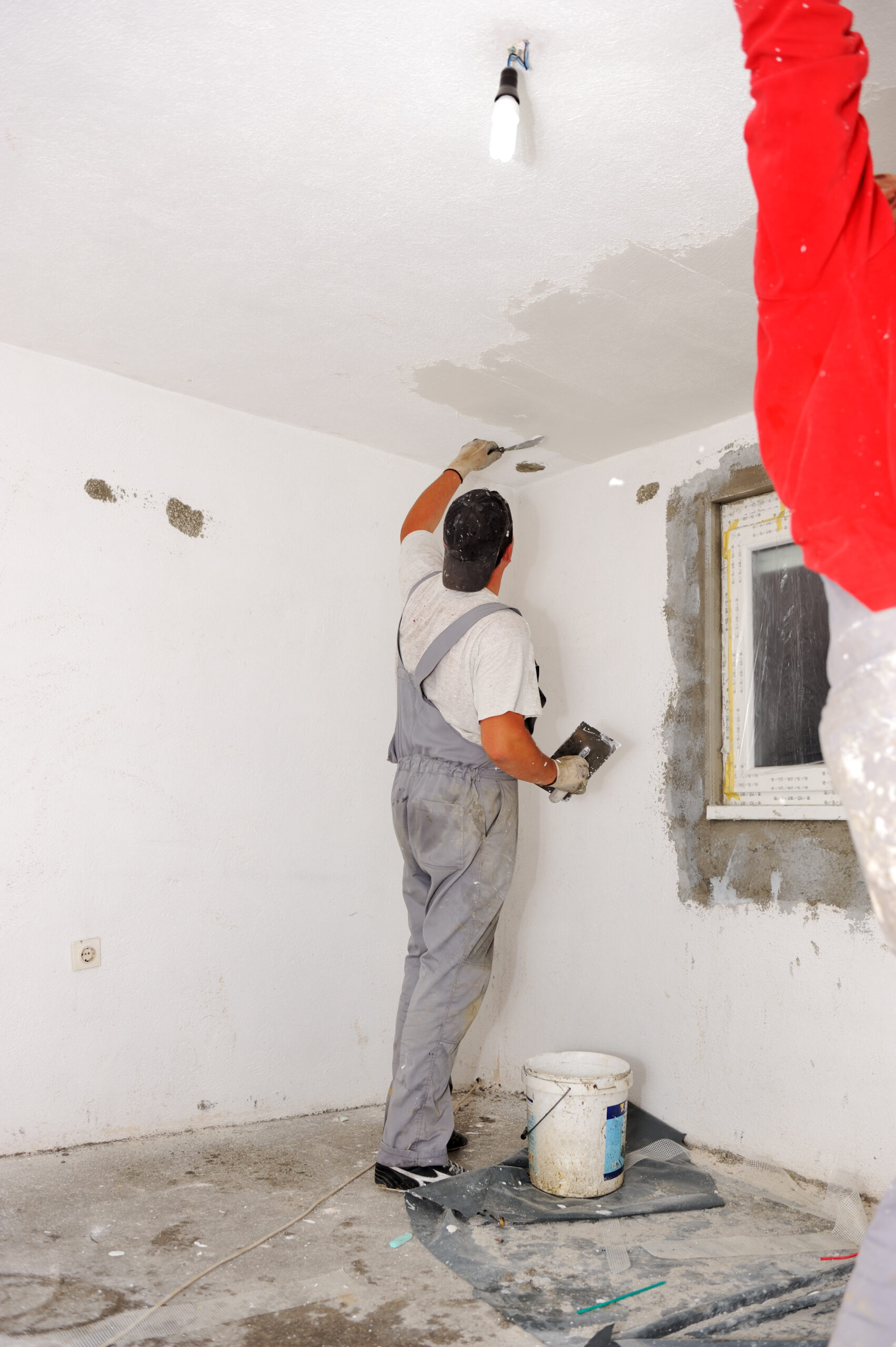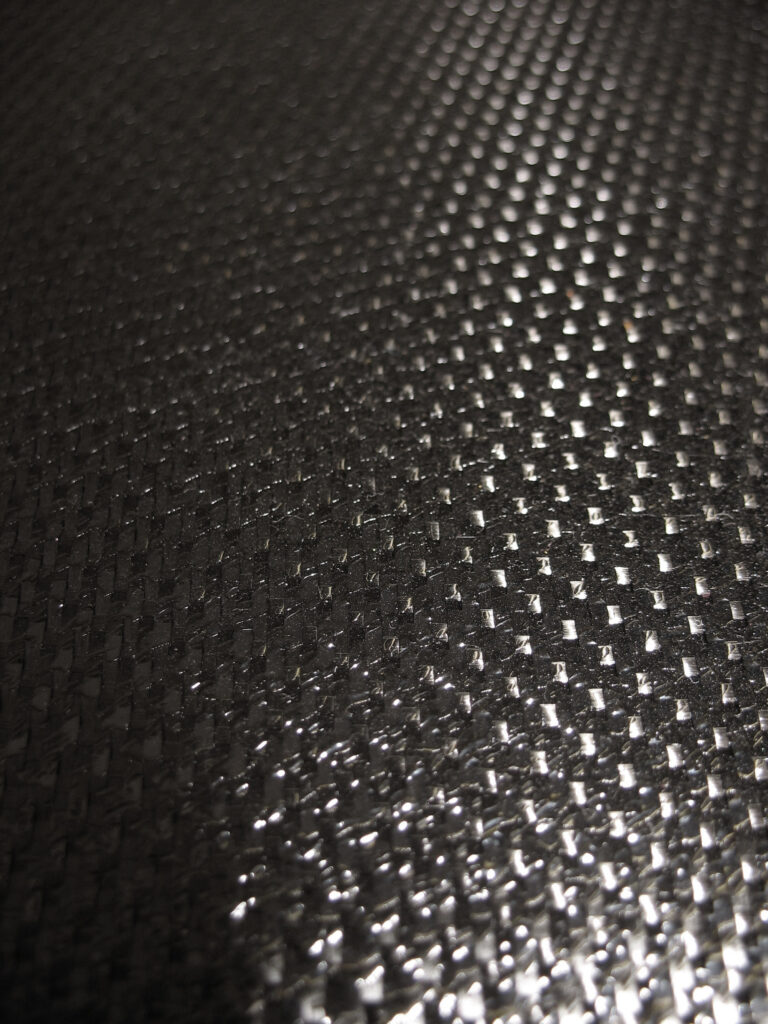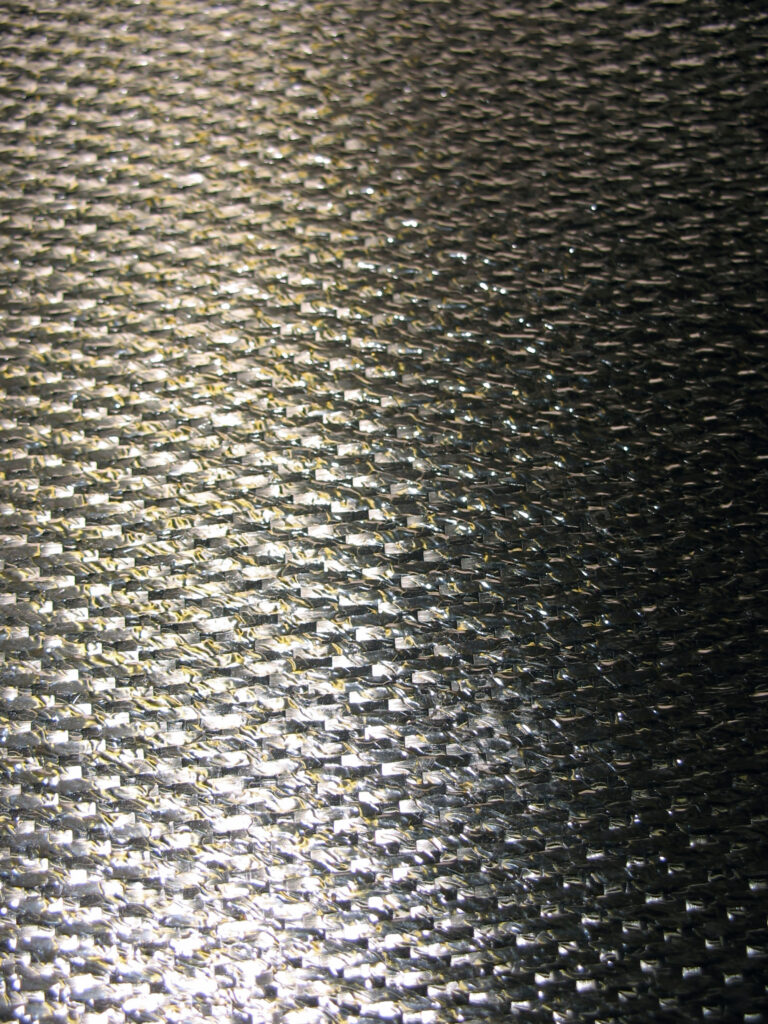How to Protect Your Family from the Harmful Effects of Mold: Simple Steps for Cleaning Up and Preventing Growth
Are you ready to protect your family from the harmful effects of mold? Mold can be a serious health hazard, especially for young children and those with respiratory problems. In this blog post, we’ll cover everything you need to know about how to clean up mold safely and effectively, prevent its growth in your home, and when to call a professional for remediation.
Introduction to Mold and Its Health Effects
Mold is a type of fungus that grows in damp or wet areas. It can be found both indoors and outdoors, and it thrives in humid environments. While some types of mold are harmless, others can produce mycotoxins, which are toxic substances that can cause a range of health problems. Exposure to mold can trigger allergic reactions, asthma attacks, and other respiratory issues. It can also lead to skin irritation, headaches, fatigue, and even neurological symptoms like memory loss and difficulty concentrating.
Signs of Mold Growth in Your Home
If you suspect there may be mold growing in your home, look for signs like discolored patches on walls or ceilings, musty odors, water damage, or condensation. You might also notice mold spores floating in the air or clinging to surfaces. If you see any of these signs, don’t ignore them – take action right away to clean up the mold and prevent further growth.
How to Clean Up Mold Safely and Effectively
To clean up mold safely and effectively, follow these steps:
1. Wear personal protective equipment (PPE) like gloves, goggles, and an N95 mask to protect yourself from exposure to mold spores.
2. Identify the source of the moisture that is causing the mold growth and fix it. This could involve repairing leaks, improving ventilation, or reducing humidity levels.
3. Remove any porous materials that have been contaminated by mold, such as carpeting, upholstery, or drywall. These items cannot be properly sanitized and should be replaced.
4. Use a mixture of bleach and water to clean non-porous surfaces like tile, concrete, or metal. Be sure to wear PPE and follow the manufacturer’s instructions carefully.
5. Dry affected areas thoroughly to prevent further growth. Use fans or dehumidifiers if necessary.
Preventing Mold Growth in Your Home
The best way to prevent mold growth in your home is to control moisture levels. Here are some simple steps you can take:
1. Fix leaky pipes, roofs, or windows promptly to prevent water accumulation.
2. Improve ventilation in bathrooms, kitchens, and laundry rooms by using exhaust fans or opening windows.
3. Reduce humidity levels by running a dehumidifier or adjusting your HVAC system.
4. Regularly clean and maintain appliances that generate moisture, like washing machines and dishwashers.
When to Call a Professional for Mold Remediation
In some cases, mold growth may be too extensive or dangerous to handle on your own. If you suspect there is a large amount of mold present, or if anyone in your household has experienced adverse health effects due to mold exposure, it’s time to call in a professional. A qualified mold remediation company will use specialized equipment and techniques to remove the mold safely and effectively. They can also help identify the source of the problem and provide advice on how to prevent future growth.
Conclusion: Protecting Your Family from the Dangers of Mold
Protecting your family from the dangers of mold requires vigilance and action. By following the steps outlined above, you can clean up mold safely and effectively, prevent its growth in your home, and keep your loved ones safe from harm. Remember, mold can be a serious health hazard, so don’t hesitate to seek professional help if needed.






